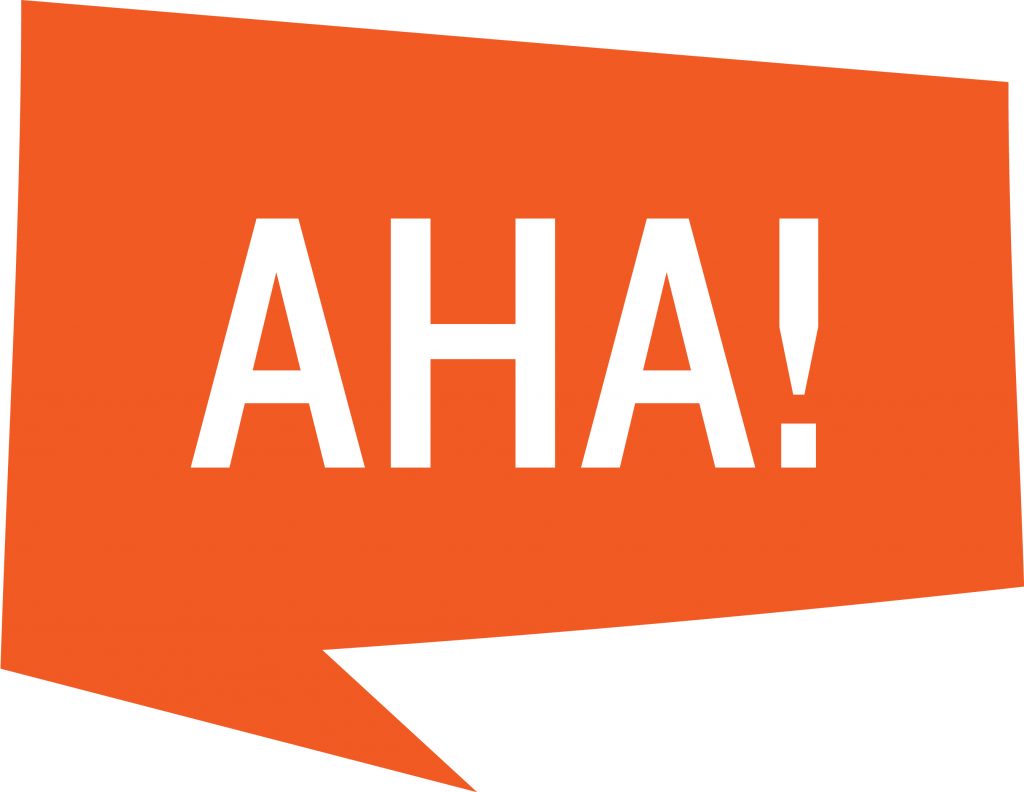
Toilet paper shortages, no PPE, corporate bankruptcies. They seem like random events, but there is a thread connecting them. The pandemic has been a devastating assault on many of the underlying assumptions of modern corporate governance, revealing in particular the weaknesses created by operating on a knife-edge.
In the years leading up to the pandemic, supply chains had become so finely tuned that little excess capacity could be found in the system. Amazingly, toilet paper manufacture is a capital-intensive business that operates at the very edge of efficiency. With a surge in demand for toilet paper, it should be no surprise that the supply chain failed in the short run. The same is true of PPE. Over the past seventy-five years, the manufacturing supply chain has become increasingly global. When the pandemic hit, we suddenly realized there was no PPE to be had in the US. It was all made in Asia. The ensuing scramble to protect our frontline medical workers can be blamed, in part, on the decades-long effort to improve corporate efficiency and increase profits.
When the economy ground to a halt in March, the first to suffer were employees let go to conserve corporate cash. It turns out rainy day funds are a thing of the past. Corporations spent more than $700 billion on stock buybacks in 2019 and were on pace to do the same in 2020. Given the size of the CARES Act corporate bailout, corporate largesse in the past few years seems ill-advised. The question is whether we return to status quo ante, privatizing gains and socializing losses, or if the corporate sector will learn. That will require changes to the incentives facing corporate managers and stockholders, and it’s not clear that the sector and its investors are ready to accept these changes.
To read other pieces in this issue’s The Vision Project, click here.



